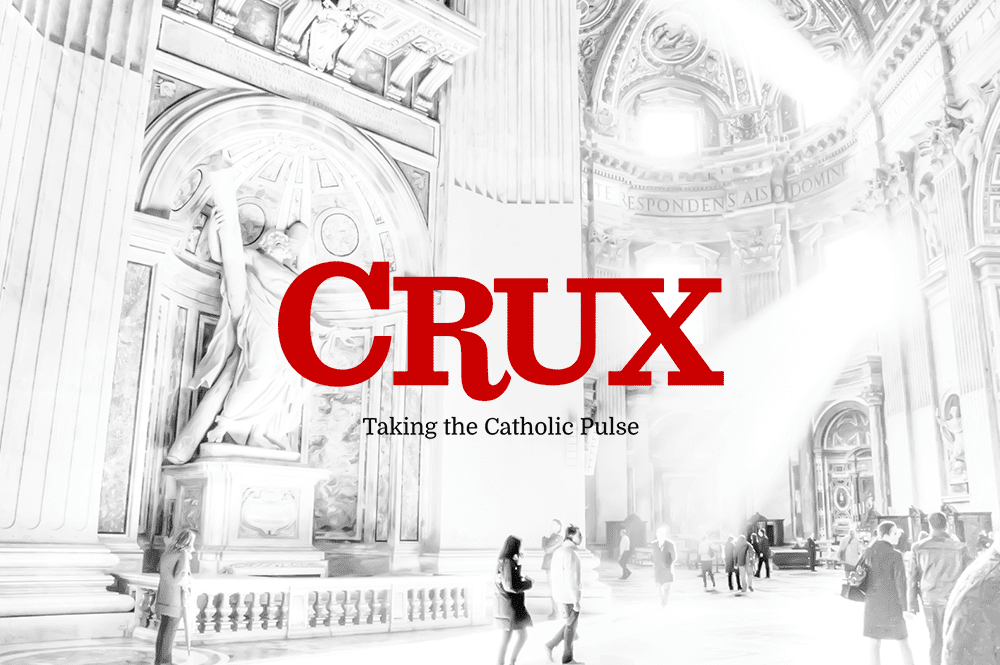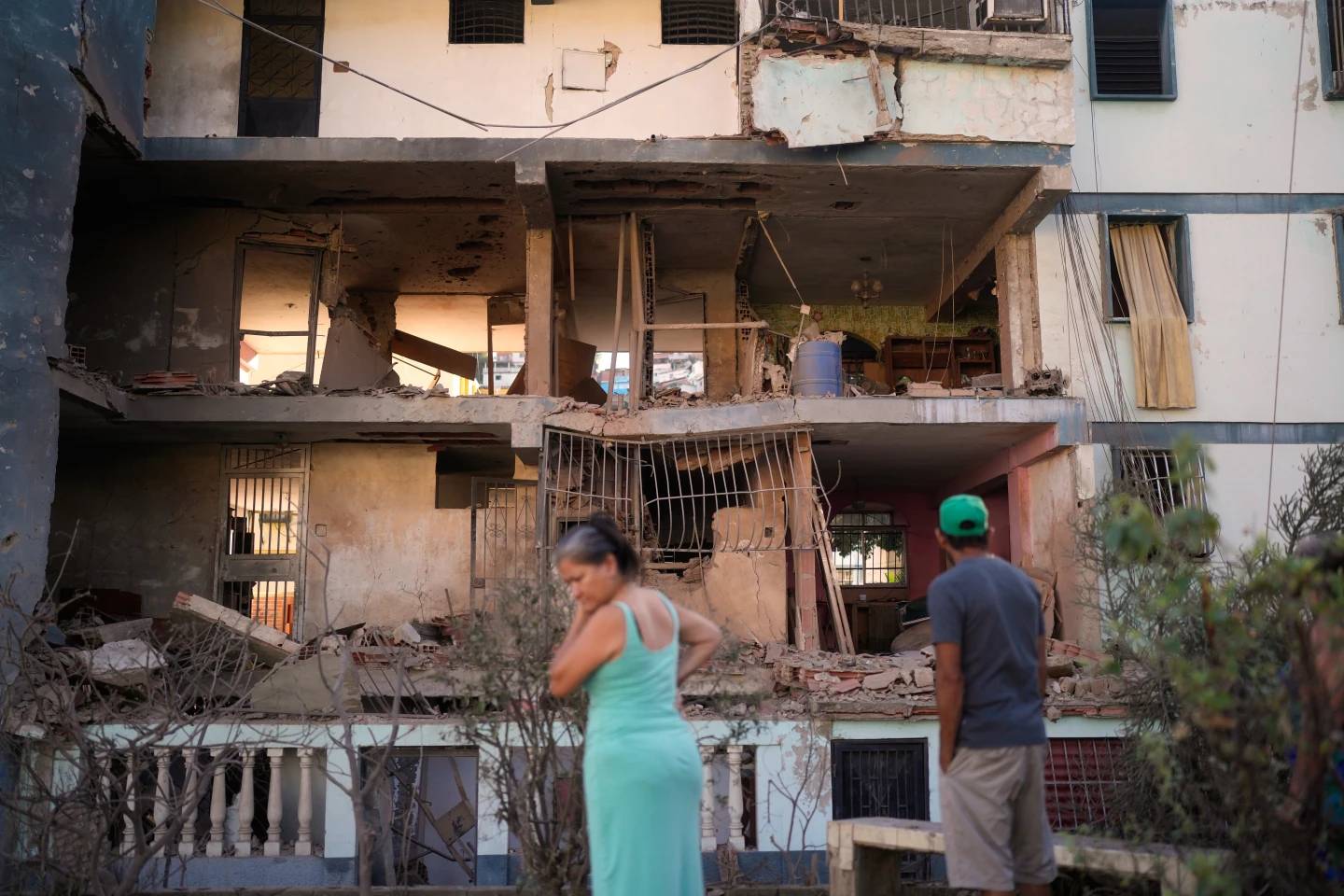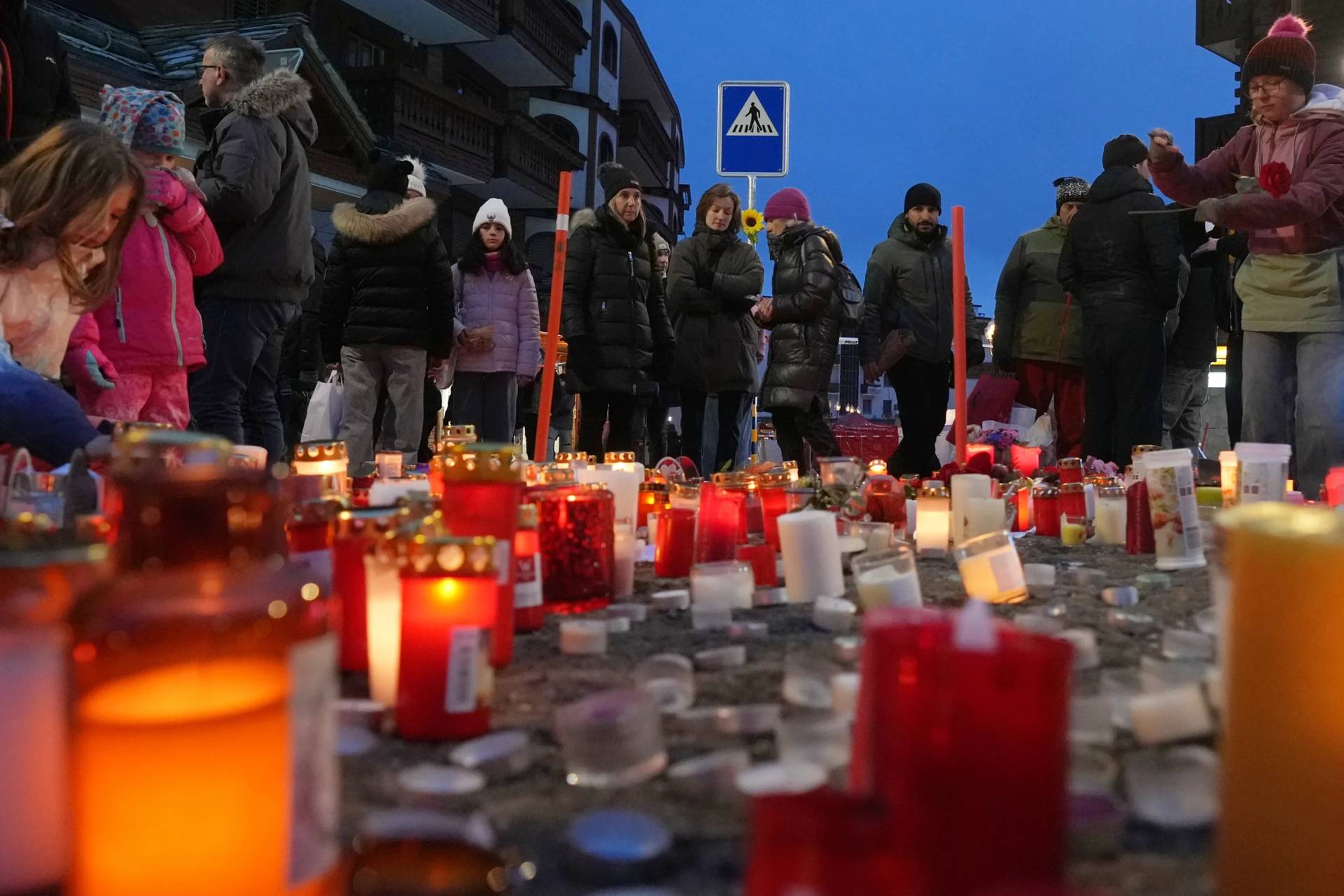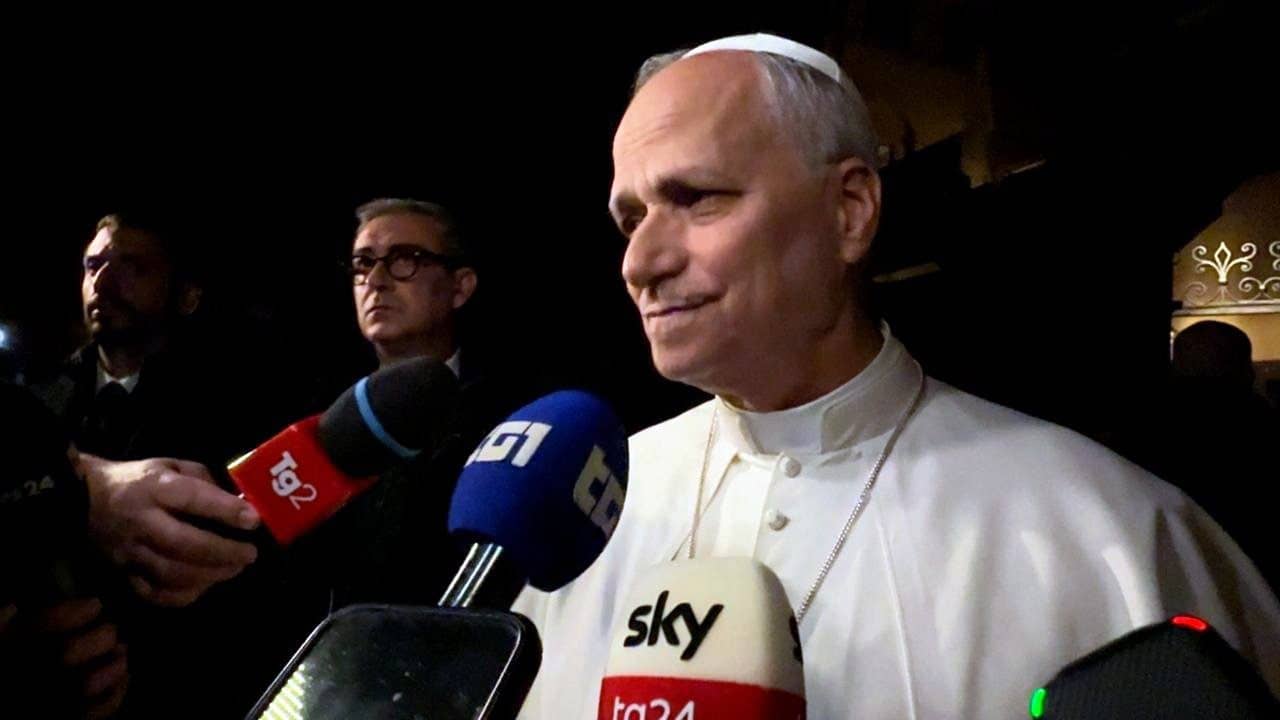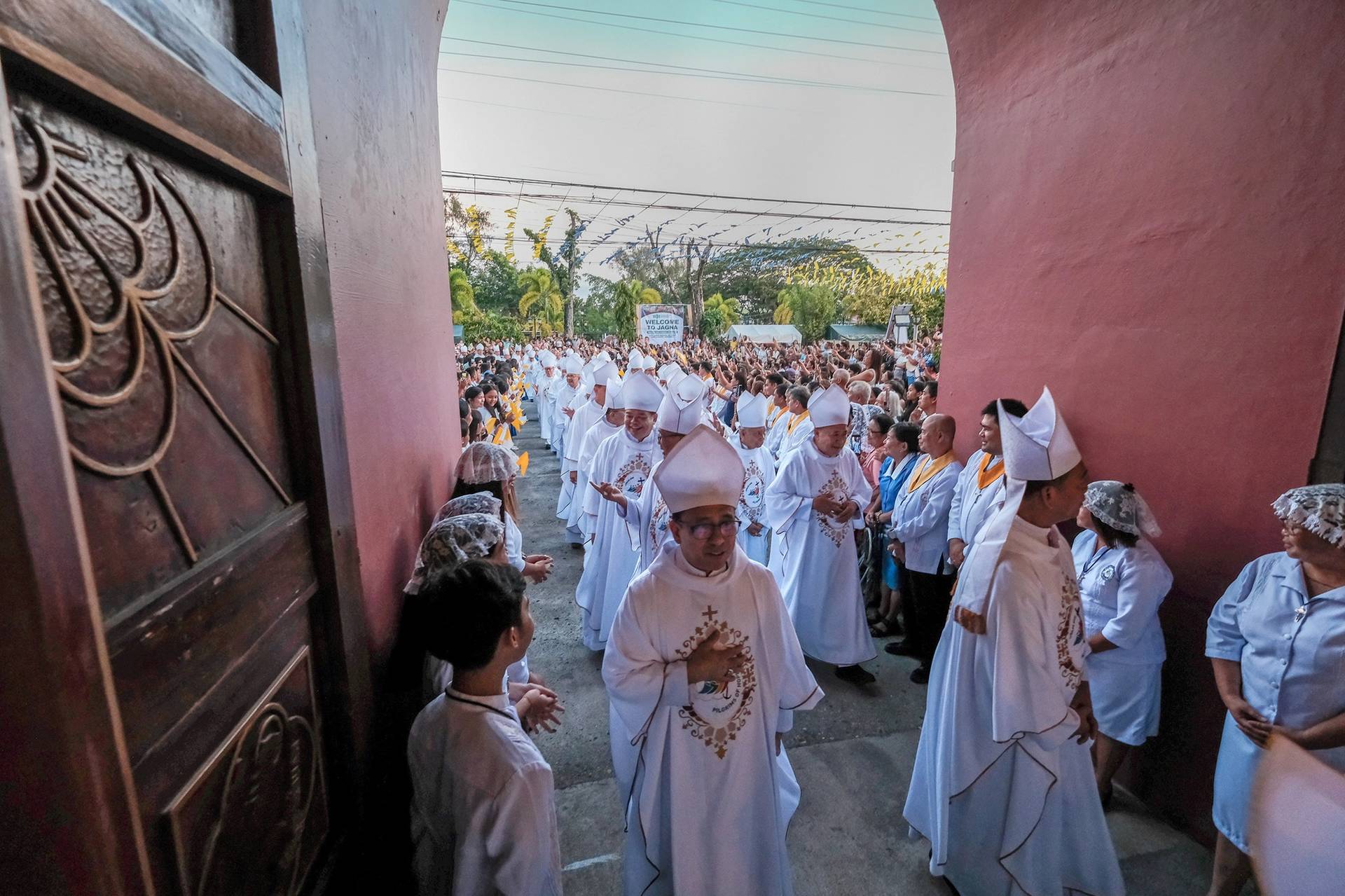Ion Mihai Pacepa is a former three-star general in Communist Romania’s secret police who defected to the United States in 1978, bringing a trove of insider detail about KGB operations and intelligence strategies in the former Soviet empire. He’s considered among the highest ranking defectors of all time from the Soviet bloc.
Thus when Pacepa told the Catholic News Agency last Friday that the KGB “invented” liberation theology in Latin America, one is tempted to take the assertion seriously.
Liberation theology is a progressive movement that developed in Latin America in the 1950s and 60s seeking to engage the Catholic Church in efforts for social change, with its core idea being the “preferential option for the poor.” Many theologians and Church historians consider it the most important, and certainly the most divisive, movement in Latin American Catholicism of the second half of the 20th century.
When debates over liberation theology were at their peak in the 1980s, proponents hailed it as a recovery of the social dimension of the traditional Christian notion of “liberation,” while critics dismissed it as Marxist class struggle sprinkled with holy water.
In a nutshell, Pacepa told CNA that liberation theology actually was “born” not in Latin America, but in the bowels of the KGB, as part of a broader strategy to promote Soviet influence in the region that included backing the National Liberation Army of Colombia (FARC), the National Liberation Army of Bolivia, and, of course, the regime of Fidel Castro in Cuba.
Pacepa says the KGB encouraged the World Council of Churches, the largest Protestant federation in the world, to support liberation theology.
Through a Soviet-backed “Christian Peace Conference,” he also claims that the KGB “maneuvered” leftist Catholic prelates into holding a 1968 assembly in Medellin, Colombia, where the bishops called for a commitment to the poor and endorsed a key building block of liberation theology in “base communities,” meaning small groups of people who come together to pray, to study the faith, and to apply it to social situations.
Pacepa’s claim is fascinating, in part because it’s eerily reminiscent of a deeply held conviction among some Latin American Catholics that another distinctive religious phenomenon on their continent in the mid- to late-20th century – the massive growth of Evangelical and Pentecostal Christianity – was the result of a conscious strategy by the other Cold War superpower, the United States.
They point to a 1969 essay by Nelson Rockefeller that included the observation, “The Catholic Church [in Latin America] has stopped being a trusted ally of the United States, and on the contrary is transforming itself into a danger because it raises the consciousness of the people. It’s recommended to give support to fundamentalist Christian groups and churches of the sort of Moon and the Hare Krishna.”
That line of thought, they believe, culminated in the influential “Santa Fe Document,” prepared in 1980 by the Council for Inter-American Security, a conservative policy group that provided key figures to the Reagan White House such as Patrick Buchanan.
The document’s full name was “A New Inter-American Policy for the Eighties,” and it recommended subverting liberation theology in Latin America as an obstacle to “productive capitalism” while encouraging Protestant rivals.
Given that background, some observers, including not just a few Latin American bishops, believe US foreign policy was at least partly responsible for massive defections from Catholicism in Latin America during the last quarter of the 20th century, estimated at one point during the 1990s to be 8,000 people per day.
Certainly, it’s a matter of historical record that Cold War rivalries played out in the religious sphere all over the world. However, claims that either superpower actually “created” a widespread religious movement in Latin America are probably overblown.
Most experts on Latin American religion believe the forces underlying both liberation theology and the expansion of Evangelical and Pentecostal Christianity were largely home-grown. Samuel Escobar, a Peru-based Protestant scholar on missionary work, calls claims that Latin America’s religious trends are a result of foreign influence a “conspiracy theory.”
In the case of liberation theology, it emerged at a time of deep tension in Latin America fueled by poverty and social exclusion, the rise of military regimes and police states, and widespread human rights abuses. It also came shortly after the Second Vatican Council, a global summit of Catholic bishops in Rome from 1962 to 1965, called Catholicism to a deeper engagement with “the joys and the hopes, the griefs and the anxieties of the men of this age.”
Admirers of liberation theology often say it was simply the Latin American translation of Vatican II.
Founding fathers of the movement such as Peruvian theologian Gustavo Gutiérrez, Brazilian Leonardo Boff, and Juan Luis Segundo of Uruguay wanted to read the “signs of the times” through the lens of the Bible and Catholic social teaching, and likely would have given rise to liberation theology no matter whose geopolitical interests it served.
Likewise, liberal Latin American bishops such as Samuel Ruiz García of Chiapas State in Mexico and Hélder Cámara of Olinda and Recife in Brazil didn’t have to be “maneuvered”. They were already on board with liberation theology before anyone in Moscow knew it was stirring.
That’s not to say the KGB didn’t do whatever it could to support leftist movements in Latin America critical of capitalism and the United States. It would be surprising if they hadn’t, given the zero/sum Cold War logic that anything that seemed to hurt one side benefited the other.
In that sense, Pacepa is likely correct about the KGB strategy, but may be giving the agency too much credit for its results.
In a similar vein, it’s entirely plausible that many American neo-cons in Reagan circles were appalled by liberation theology in the 1970s and 80s and saw defections to Evangelical and Pentecostal groups as a trend to support.
It’s also true that many conservative Protestant churches in the United States have a deeply missionary orientation, and over the years have provided considerable amounts of money and other resources for affiliates in Latin America.
That said, today most Latin American Catholics concede that the fundamental force driving people away was a clericalist model of the Church within Catholicism itself, which often translated into a lack of basic pastoral care and a largely passive notion of the lay role.
The bishops commissioned an “exit poll” of 1,000 former Catholics in the early 2000s in which many said that if the Catholic Church had offered deeper Bible study, better worship, and more personal attention, they never would have left.
Evangelicals and Pentecostals hustled, in other words, while Catholics relied on a state-imposed monopoly always destined to break down. The Reagan people may have applauded that realignment, but they didn’t “create” it, any more than the KGB “created” liberation theology.
If you want a classic example of a Latin American bishop who feels this way, by the way, it’s Pope Francis. As the cardinal of Buenos Aires, he was the lead author of the Latin American bishops’ 2007 “Aparecida Document,” in which the top note was the need to relight the Church’s missionary fires.
Francis, in other words, would be disinclined to look for an external plot behind the vicissitudes of the Church, and more willing to accept that, for better or worse, the principal responsibility lies within.
